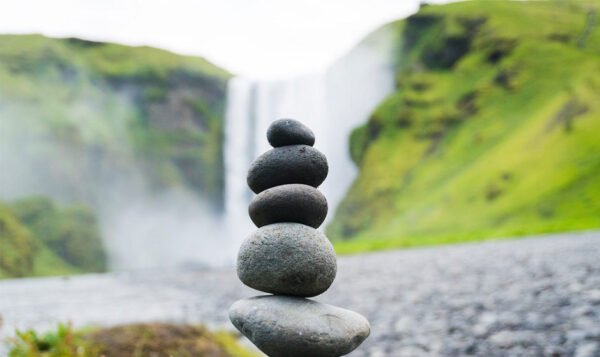The Solo Traveler’s Checklist

Solo travel is an empowering journey that offers unparalleled freedom and self-discovery. It allows individuals to tailor their experiences to their preferences and immerse themselves deeply in new cultures and environments. An essential component of this journey is ensuring safety and preparedness, which includes considerations such as solo travel insurance. This article serves as a detailed checklist for solo travelers, guiding them through critical aspects of planning and execution for a successful and enriching solo adventure.
Researching Your Destination
Extensive research is the cornerstone of any successful solo trip. Delve into the cultural nuances, local customs, and etiquette to avoid misunderstandings. Understanding local transportation systems, currency, and typical tourist scams can significantly enhance your travel experience. Research should also include identifying local emergency numbers, nearest embassies, and healthcare facilities, particularly for remote destinations. Familiarize yourself with local regulations and laws to ensure compliance and safety. Detailed research equips you with the knowledge to navigate new environments confidently and respectfully.
Creating a Realistic Itinerary
Crafting a realistic itinerary is a balancing act between ambition and practicality. Over-scheduling can lead to exhaustion and diminish your travel experience. Allow time for rest, exploration, and unplanned experiences. Consider the time zones, weather conditions, and cultural events that might affect your schedule. A well-structured itinerary should include main attractions and off-the-beaten-path experiences, providing a holistic view of the destination. Remember, the flexibility of solo travel means you can modify your plans as needed, allowing for spontaneity and exploration.
Packing Essentials
Adequate packing for solo travel involves anticipating various needs while maintaining mobility. Prioritize multi-functional clothing suitable for different climates and cultural settings. Essential electronics, including a reliable phone, camera, and necessary adapters, are crucial. For safety, include a whistle, a door wedge for added security in accommodations, and copies of essential documents in separate locations. Consider packing space-saving items like a foldable backpack for day trips. Efficient packing not only eases the physical burden of travel but also ensures you have everything needed for various situations.
Managing Finances
Effective financial management is vital for a hassle-free solo travel experience. Research the cost of living in your destination to budget accurately. Use cash and digital payments, keeping some emergency cash hidden. Consider using travel cards or apps for convenient and secure transactions. Regularly monitor your accounts for fraudulent activity. Being financially prepared includes planning for everyday expenses and unforeseen costs, ensuring a smooth travel experience.
Staying Safe
For solo travelers, safety is paramount. Stay in well-reviewed and secure accommodations, ideally with a 24-hour front desk. Avoid risky areas, especially at night, and blend in as much as possible to avoid drawing attention. Use anti-theft bags or money belts to keep a low profile with your belongings. Regularly update a trusted person about your whereabouts and plans. Understanding local customs and blending in can significantly enhance your safety as a solo traveler.
Importance of Solo Travel Insurance
Investing in solo travel insurance is crucial for any solo adventure. It offers a safety net against a range of unexpected events. Comprehensive travel insurance should include coverage for medical emergencies, especially in remote areas with high medical costs. It also covers losses due to theft, trip cancellations, and interruptions, which are particularly important when traveling alone. Choose a policy that matches your specific travel activities and destinations to ensure you are adequately covered.
Embracing the Experience
Solo travel is an opportunity for personal growth and self-discovery. Embrace the solitude and use it to reflect and connect with yourself. Be open to meeting new people and learning from them, but also enjoy the moments of solitude. Take the chance to push your boundaries,
trying new activities or foods you wouldn’t normally consider. Documenting your journey through a journal or photography can help you process and remember your experiences. Solo travel is as much about the internal journey as the external adventures. Enjoy every moment, and allow yourself to grow and be shaped by your experiences.
Conclusion
Solo travel is an enriching experience that can transform one’s perspective on life and the world. By following this comprehensive checklist, including the crucial aspect of travel insurance, solo adventurers can navigate their journeys with confidence and security. Each step, from meticulous planning and packing to embracing new experiences, contributes to a fulfilling solo voyage. Remember, solo travel isn’t just about the destinations explored but also about the personal growth and independence gained along the way. With thoughtful preparation and an open mind, the world becomes a playground for discovery and self-discovery.



